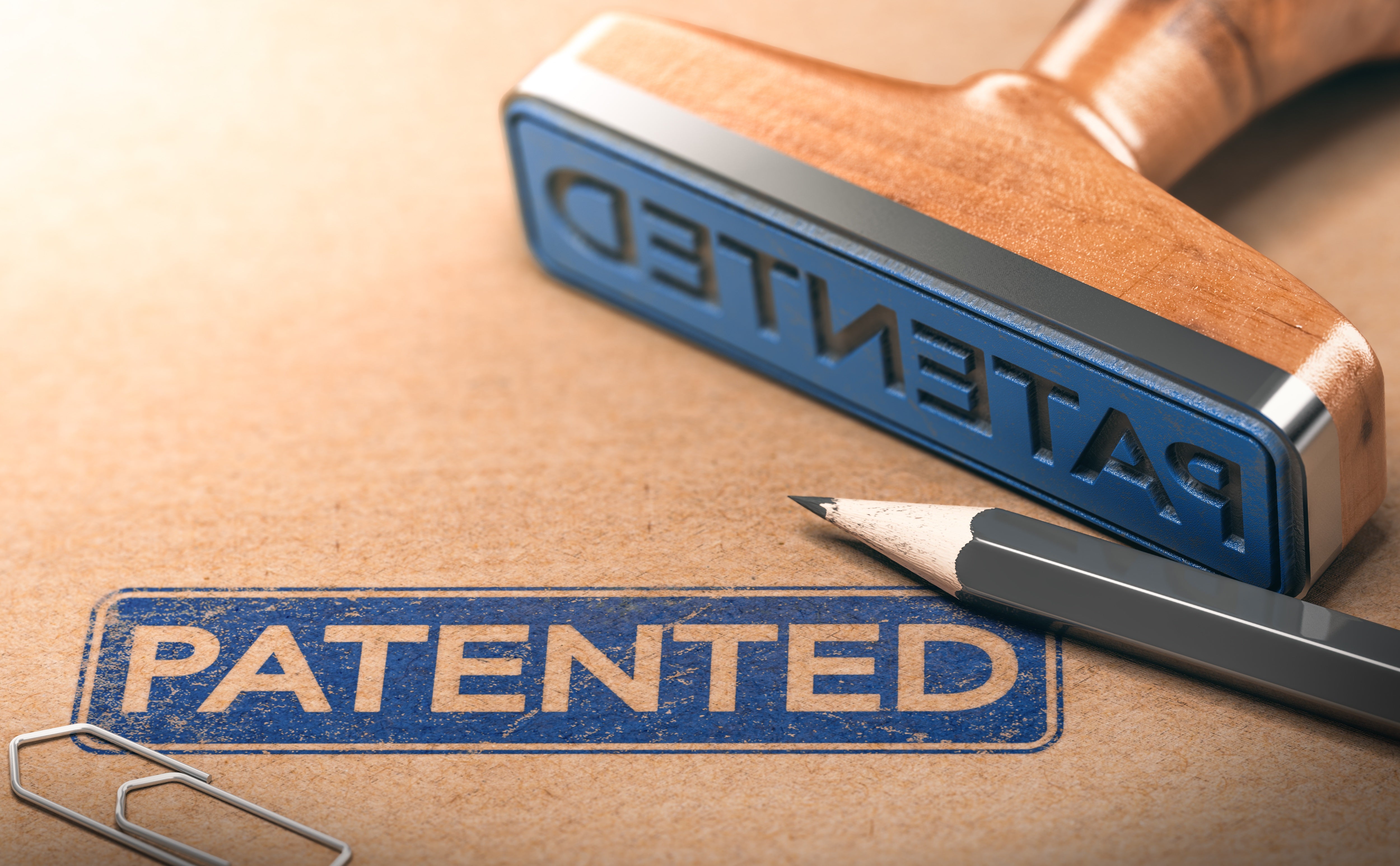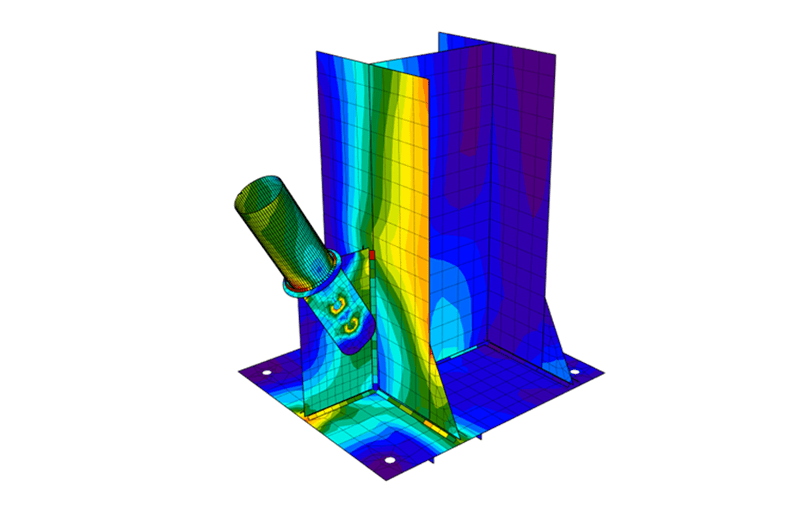Patented technology for structural engineers
The story of innovation
Structural engineering has always been an industry pioneering new technologies. It was the first one to widely adopt finite element analysis, for example. Structural engineers around the world use FEA-based software to analyze and design buildings and structures of all types. However, the application of FEA is limited to the overall analysis of the structure, the global analytical model. We have changed that.
Patented connection design
IDEA StatiCa has a patented technology for steel connection design for everyday engineering practice. Biggest difference? We can now design and code-check all types of connections, not just the ones in design guides. And the secret lies in implementing the unique Component-based Finite Element Method (CBFEM) in IDEA StatiCa. CBFEM effectively combines all the code equations and conditions with finite elements, breaking down the configuration and loading limits of the old methods.
Novel, inventive, applicable
It is very rare to successfully apply for a patent in the structural engineering software business. In most countries, the software cannot be patented at all. But the underlying method/approach can. So that is what we did and succeeded at the United States Patent and Trademark Office. The patent process is extremely rigorous and took almost six years, solidifying our solution as a novel, inventive, and applicable improvement in the daily work of structural engineers.

The team behind it
The patent holder is IDEA StatiCa, but who are the inventors?
- Jaromir Kabelac, Head of Solver Team, IDEA StatiCa
- Lubomir Sabatka, Chairman of supervisory board, IDEA StatiCa
- Drahoslav Kolaja, Software Engineer, IDEA StatiCa
- Martin Pospisil, Software Architect, IDEA StatiCa
Credit also goes to our cooperating academics, especially professor Frantisek Wald, and other colleagues at IDEA StatiCa. Together, we have transformed connection design, allowing engineers to design better and safer steel structures, quickly and effectively.
